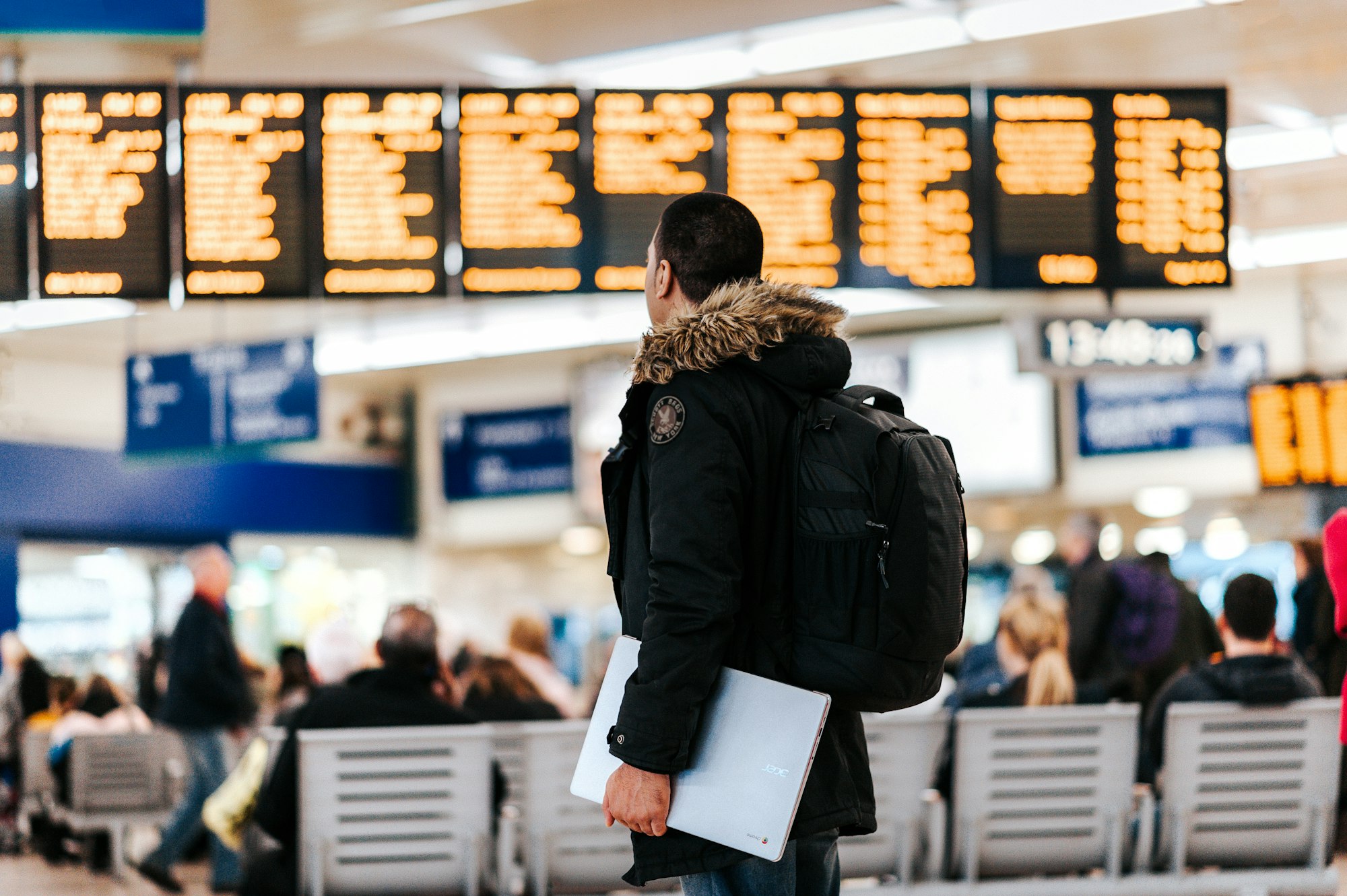Weaker AUD makes Overseas Travel more Expensive for Aussies in 2018
If you are heading overseas, the level of the Australian dollar is going to have a big impact on the total cost of your trip. A weakening currency makes travelling overseas for Australians more expensive.

If you are heading overseas, the level of the Australian dollar is going to have a big impact on the total cost of your trip.
A weakening currency makes travelling overseas for Australians more expensive, since the value of the Australian dollar doesn’t go as far when purchasing goods and services in a foreign currency. Travelling to countries where the AUD is stronger than the local currency will make your holiday cheaper.
Unfortunately, the Australian dollar (AUD) has faced a number of headwinds so far in 2018. The AUD has lost value against almost all other developed countries’ currencies, making it decidedly more expensive for Aussies to travel abroad than in previous years.
While a weaker AUD isn’t necessarily a reason to cancel your travel plans, it helps to be aware of the destinations where your money will not buy as much. Choosing to travel to a country where your currency can go further is one way to save on travel costs. Here are the top countries where it’s become more expensive to travel to on Australian dollars in 2018.
Japan
Year-to-date, the AUD has lost 6.5% against the Japanese Yen. In 2017 the average cost of a hotel room in Japan was A$146.00. In 2018, with the AUD’s decline, that price has now risen to A$155.50. It may not seem like a lot, but taken together these small price increases can add up to hundreds of dollars over the course of a trip. Japan remains a hotspot for Aussies during the summer months (Dec-Feb) as people look to escape the humidity of the southern hemisphere in search of powder up north. If you are thinking about planning a summer escape to the snowfields of Japan at the end of 2018, keep tabs on the exchange rate so you can take advantage and convert your money in advance if the AUD stages a comeback against Yen.
United States
According to the Australian Bureau of Statistics, the United States was the third most popular tourist destination for Aussies in 2017. The US has held this spot since 2000, with only New Zealand and Indonesia ranking higher. Despite concerns about a supposed “Trump-slump” on tourism, Australians continue to flock to to America. But the AUD has not performed well against the USD, making holidays to the US more expensive in 2018 - by 3.5%. When combined with other “unseen” costs of travelling in the States, including taxes on hotel rooms and the 15-20% tippling culture, a weaker A$ exchange rate can really put a dent in your holiday budget.
United Kingdom
The UK ranks just behind America as the fourth most popular overseas holiday spots for Australians. Holidaying to the UK will cost you more this year, though - about 3.0% more. Since the Brexit vote saw the Pound (GBP) fall by over 10%, the currency has made a remarkable comeback as Brexit negotiations seemed to indicate that the worst fears about an economic recession would be avoided.
It’s not all bad, though!
While the overall picture for the Australian dollar hasn’t been great thus far in 2018, there are some bright spots. Here’s a list of the countries where the exchange rate works in Australia’s favour:
Sweden
Russia
India
Turkey
Argentina
Plus, 2018 is only halfway over.... there is more than enough time for the AUD to regain some value before year-end! Flash Payments offers exchange rate alerts to help you track the level of the AUD against a number of different currencies.
Already booked?
While a weaker Australian dollar might not be ideal, a real budget-killer when it comes to international travel are the fees Aussies pay to access their money abroad. Avoiding these charges is one way to recoup some of the money you will lose from a lower AUD. Using your bank or credit card overseas will incur a transaction fee (2-3%) and an exchange rate margin (3-5%) for each purchase. Being smarter about how you use your money can help your holiday budget go further. Check out the Flash Forward blog for tips on how save on international money transfers.
When you think overseas, think Flash Payments. Sign up today or click here to lean more.




